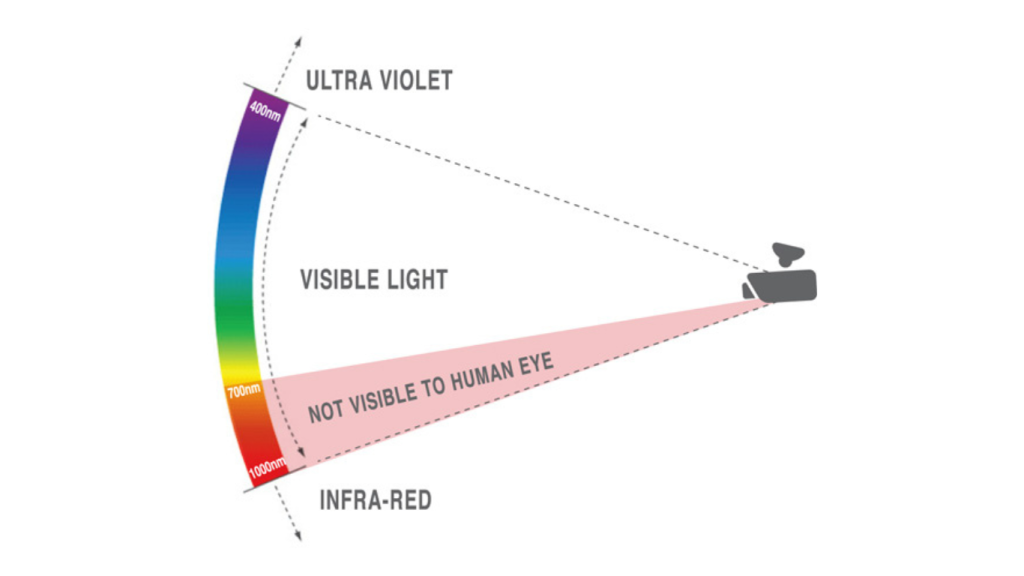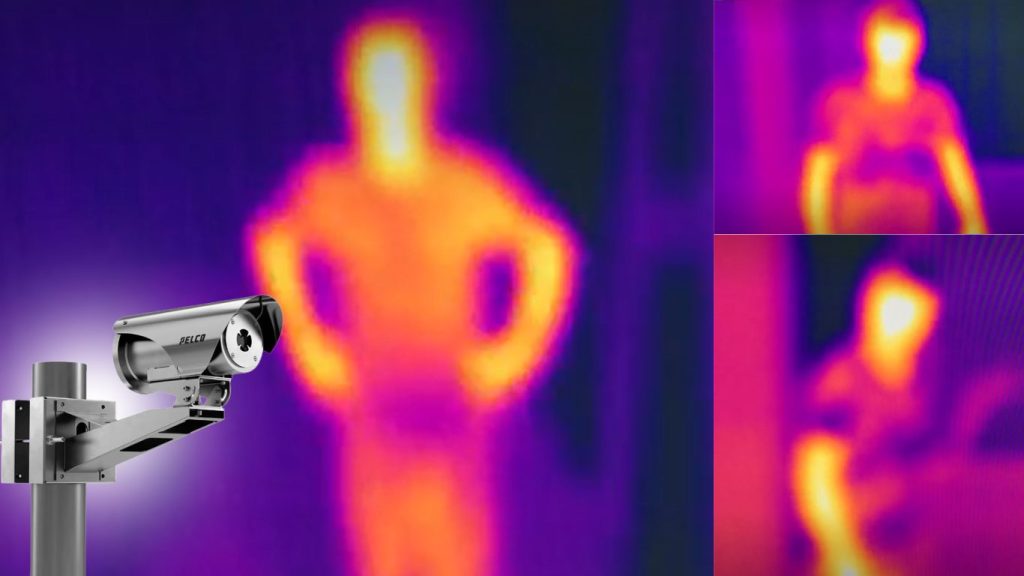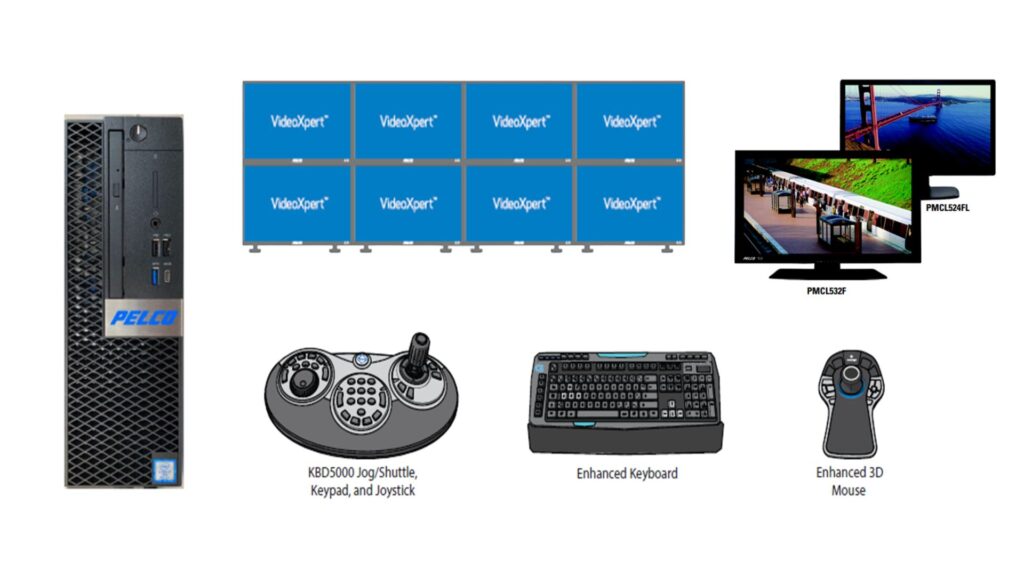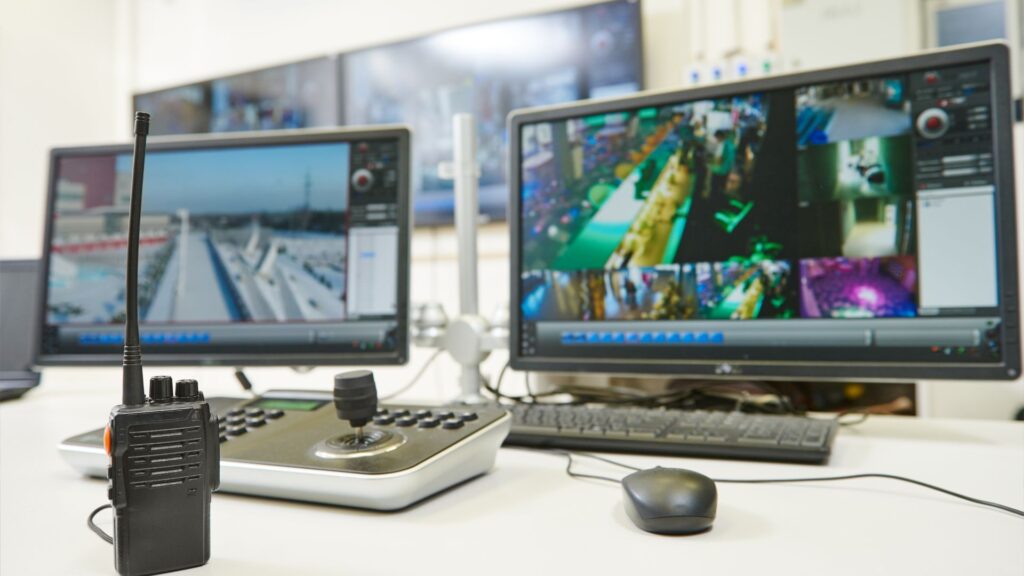In the offshore energy and maritime industry, range surveillance plays a critical role in ensuring safety, security, and operational efficiency. Whether it’s detecting an approaching vessel, spotting unauthorized personnel, or monitoring heat signatures on deck, having reliable surveillance at sea is essential.
In this blog, we explore:
- What range surveillance means
- What you can detect, recognize, and identify at various distances
- The roles of infrared (IR) illuminators and thermal imaging cameras in offshore surveillance

What is Range Surveillance?
Range surveillance is the ability to monitor and observe areas at varying distances using technologies like:
- High-resolution CCTV cameras
- Thermal imaging systems
- Infrared (IR) illuminators
- Radar and motion detection sensors
On offshore platforms, FPSOs, and support vessels, these systems are strategically placed to provide 360-degree situational awareness, helping to monitor sea approaches, helicopter decks, walkways, lifeboats, and more.
What Can Be Detected Through Range Surveillance?
Depending on the system design and environmental conditions, offshore surveillance systems allow for:
Surveillance Level
Detection
Recognition
Identification
Classification
What It Means
Sensing an object’s presence
Understanding the object type
Recognizing specific details
Determining intent or behavior
Example
A vessel on radar or heat on thermal
Small boat, worker, flare
Vessel name, human features
Trespassing, loitering, normal operation
The Role of Infrared (IR) Illuminators
Infrared (IR) illuminators enhance surveillance in low-light or night time conditions. These devices emit invisible infrared light that reflects off objects, allowing day/night cameras to “see” in darkness.
Benefits of IR Illuminators:
- Enable vision up to 200–500 meters in darkness
- Discreet, no visible light output
- Low power consumption
- Ideal for platforms, perimeter fencing, walkways, and approach zones
However, IR light can be hindered by heavy rain, fog, or smoke, conditions often found offshore.

Why Thermal Imaging is a Game-Changer
Thermal cameras detect heat, not light. This makes them effective even in:
- Zero-light conditions
- Fog, rain, or smoke
- Complex environments with heat-emitting machinery
Offshore Use Cases:
- Detect man-overboard situations
- Spot heat leaks or overheating equipment
- Monitor crew movement in restricted areas
- Enhance search and rescue visibility
Detection Range of Thermal Cameras:
- Humans: up to 1.5 km
- Vessels: up to several kilometers
Unlike optical cameras, thermal imagers do not rely on visible contrast or lighting, they rely on temperature differences, which makes them indispensable in offshore surveillance setups.

Upgrade Your Offshore CCTV Security System
Vivo Asia specializes in designing and deploying customized surveillance solutions for the offshore and maritime industries. Whether you’re upgrading from analog systems or planning a new build, our team can help with:
- Long-range PTZ camera installation
- IR and thermal camera integration
- Marine-grade system configuration
Get our expert engineers onboard and enhance your safety and security at sea.
Contact us on contact@vivoasia.com today to discuss your requirements.


